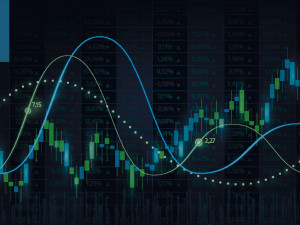
UK Economy continues to falter
Morning mid-market rates – The majors
January 5th: Highlights
- Car Sales data shows first annual fall in six years
- Euro rally resumes
- U.S. employment data set for release
Further signs of drop in consumer activity
Mark Carney the Governor of the Bank of England had been both surprised and delighted by the strength of consumer confidence and retail sales data as the man in the street continued to support the economy despite the various headwinds that it faced.
During the fourth quarter it became clear that the rate hike was potentially “the straw that broke the camel’s back” as far as that support was concerned. Most measures of consumer activity showed a downturn as inflation continued to rise despite the hike, yet the rate of pay increases remained static.
The pound still recovered 50% of its fall on the previous day versus the dollar as the currency market continued to sift through the themes that will be the main drivers in Q1 ‘18. It reached a high of 1.3560 versus the dollar and has continued to rally overnight to 1.3577. While Brexit is not making headlines, the pound will lack direction as the UK’s departure from the EU remains the single primary driver of all aspects of the economy including the currency.
Considering your next transfer? Log in to compare live quotes today.
Euro Rally resumes as dollar reverses gains
While Mario Draghi will never be described as a hawk, his colleagues on the ECB, presumably providing advance guidance on his behalf, are starting to talk up the possibility of an earlier than had been anticipated withdrawal of the Asset Purchase Scheme as a prelude to higher rates across the Eurozone.
The Euro rose to 1.2090 yesterday and has managed to hang onto those gains, without managing to break resistance at 1.2120, overnight. The Euro is now well supported above the 1.2000 level which is providing the base for a rally as economic activity in the Eurozone picks up.
Macroeconomic data to provide early clues
This is in line with expectations and should only have a limited effect on the Euro. A fall to 1.3% would see a fall for the Euro but an upside surprise would have a far significant and lasting effect.
Following the data releases in Europe, the U.S. will release its final employment report for 2017. This headline data has been relatively strong through the year as the economy has consistently delivered positive numbers.
Although the headline NFP is the most eagerly awaited number of the month, the devil is in the detail and it is the growth in hourly earnings that provides the Fed. with the most vital piece in its monetary policy jigsaw. Growth in pay has been constant at around 2.5% and until that number is closer to 3% it is hard to see inflation feeding through into consumer prices.
Have a great day!

About Alan Hill
Alan has been involved in the FX market for more than 25 years and brings a wealth of experience to his content. His knowledge has been gained while trading through some of the most volatile periods of recent history. His commentary relies on an understanding of past events and how they will affect future market performance.”



